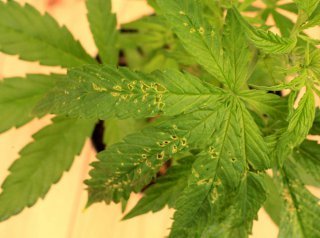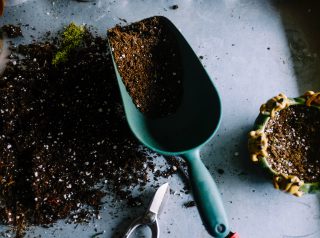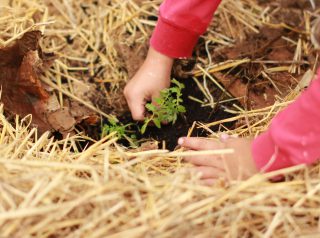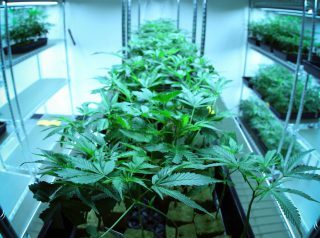If you live in a state where outdoor cultivation is legal, then lucky you. All you need are high-quality cannabis seeds, pots, soil mix, and nutrients to get started. If not, you have to set up the garden indoors. You will need a range of equipment to create and maintain optimal growing conditions.
Seeing the list of supplies can be daunting – perhaps even discouraging. But don’t be. You just need to know its functions and understand how it can satisfy the growing requirements of cannabis plants. Once you grasp the basics, planning, and envisioning the grow room will be a piece of cake. You can even skip some items you think are unnecessary.
Here is everything you need to know about the most essential marijuana growing supplies.
Page Content
Marijuana Growing Supplies: What You Need To Know
When growing outdoors, the first step is to find an optimal spot. It should have plenty of sunlight, a gentle breeze, and fertile soil while being discreet and close enough. Indoors, the garden is as accessible and private as can be. You do have to furnish the grow space with various equipment to mimic the outdoor growing conditions, making it conducive to cannabis plants.
Marijuana seeds, growing medium, water, and nutrients are a given. You will need pots or buckets to house the plants and the chosen substrate, as well as a means to deliver the water and nutrients. Aside from these, lighting, automation, ventilation, odor control, temperature and humidity regulation, and testing tools are vital.
Grow Light
Indoor cannabis plants rely on an artificial grow lamp to meet their light requirements. Adequate illumination ensures both healthy plant growth and substantial yields.

In general, metal halides (MH) are ideal for vegging, while high-pressure sodium (HPS) bulbs are suited for flowering plants. Other options include fluorescent lights and LED lights, both of which are incredibly energy-efficient. LEDs are also durable and may last for at least 50,000 hours before needing a replacement.
Reflector
Not all the light emitted by a lamp is directed at the plants. By using a reflector, light that hits the walls can be redirected to the plants. Make sure to go for an air-cooled hood, which helps control heat. It should also have holes on the sides for ventilation. To maximize the light output even further, consider covering the walls in reflective materials.

Aside from high-intensity discharge (HID) lamps like HPS and MH, compact fluorescent lights (CFL) may need a reflector as well.
Ballast
MH, HPS, and CFL will need a ballast on top of a reflector. It prevents the bulbs from drawing too much current from a high-voltage source, causing them to overheat or burnout. Without it, the lights may explode within seconds.
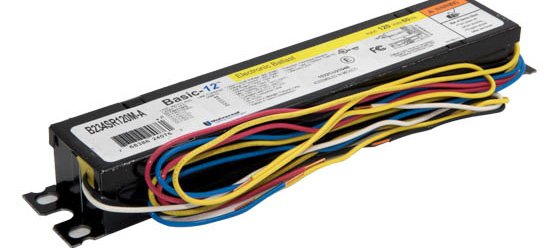
There are many types of ballasts available. A digital ballast, which uses computer chips to regulate the voltage a lamp receives, is the most recommended. It is also more energy-efficient and operates at cooler temperatures.
Timer
Marijuana plants, particularly photoperiod varieties, need specific amounts of light across the different phases of growth. Vegetating plants, for instance, follow a light schedule of 18/6. It means providing 18 hours of light per day. During the remaining hours, the lamps need to be turned off.
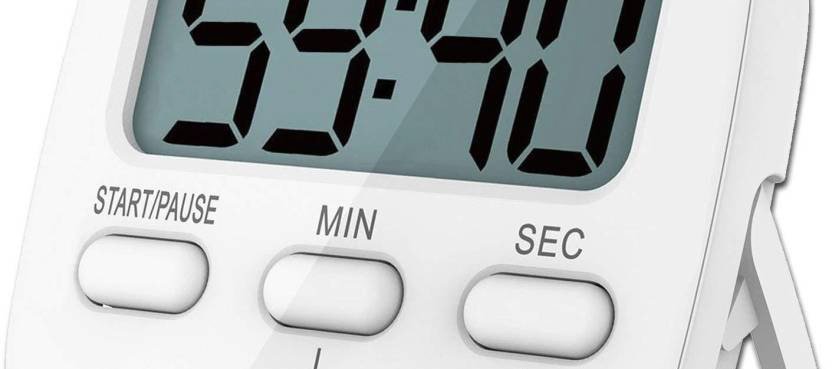
Switching the light on and off can be exhausting, forgotten, or neglected. If you are behind schedule even once, you could stress out the plants, compromising their health and yields. To simplify your life, just automate the whole process. Attach the grow lamp to a timer, which turns it on and off on the dot. For convenience, go for a programmable digital timer.
Rotating Or Oscillating Fan
When growing indoors, stagnant air is something you should avoid at all costs. It provides an environment that is conducive to molds, pests, and pathogens. You can boost the air circulation inside the grow space by installing a rotating or oscillating fan.
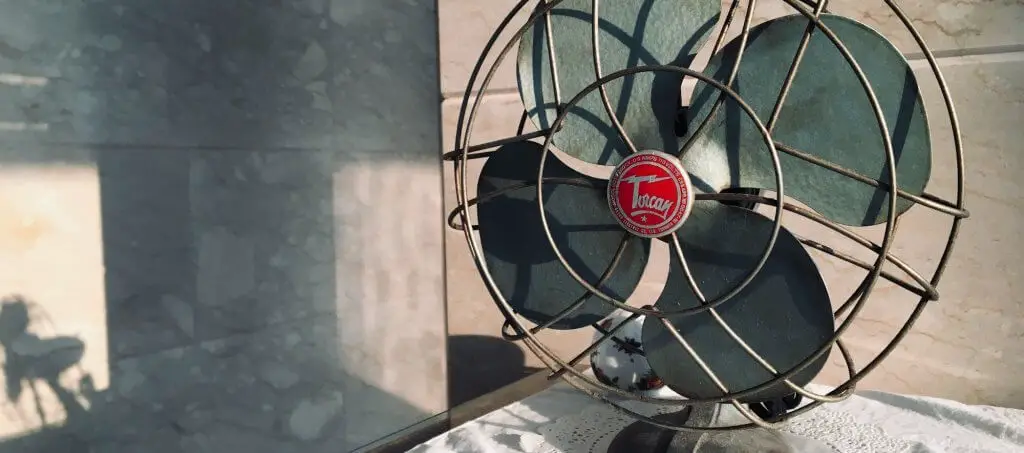
Introducing some gentle breeze inside the room also helps the plants grow sturdier stems. It assists in temperature and humidity control as well.
Ideally, the rotating fan should have an adjustable head and variable speed settings, which allows you to control the airflow with ease. Ensure that the fans are not directly blowing over or below the canopy, which can damage the leaves. Point it towards the grow lamps instead.
Extraction Fan Or Exhaust Fan
Proper ventilation inside the grow room consists of three parts – air exhaustion, air intake, and air movement. Oscillating fans are responsible for the last one – air circulation. For the first two, what you need is an extraction fan – also called an air extractor or an exhaust fan.
An air extractor fan primarily works by forcing out the excess heat and the old, stale air inside the grow room. Doing so helps regulate the internal air temperature. It also facilitates air intake – but passively. By having ventilation holes, the fresh air can freely enter the indoor garden.
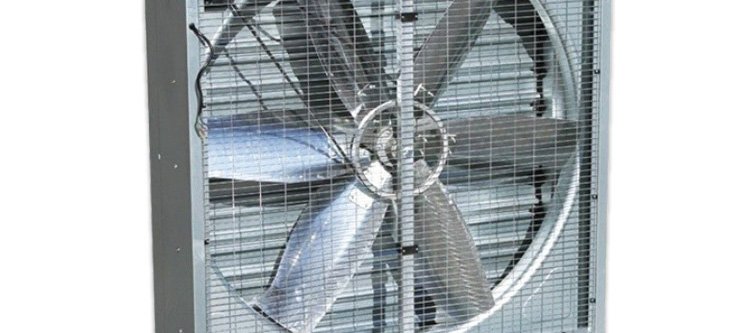
There are many types of extraction or exhaust fans in the market. For marijuana growers, an inline fan is strongly recommended. It is mounted inside or connected to a ducting tube. You can easily attach it to a carbon filter, which helps get rid of the intense smell of cannabis plants.
Before buying, calculate the volume or the total cubic feet of the grow space. Simply multiply the width, length, and height of the room. The extractor fan should have a CFM (cubic feet per minute) rating that is close or equal to the volume of the growing area. Add 25% to the CFM of the fan to accommodate the carbon filter.
Intake Fan
For beginners, an inline exhaust fan and a passive air intake are often enough. Along with rotating fans, it already satisfies the requirements of a well-ventilated indoor garden. But to aerate the grow room even further, you can install an intake fan as well.
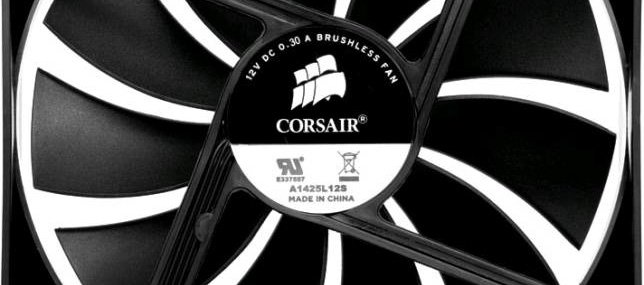
An intake fan, as the name suggests, relies on the principle of active air intake. It uses fans to bring in fresh air into the growing area from the outside or another part of the house. Make sure to position it near the ground to fetch in fresh air. The fans also help cool down and replenish the amount of oxygen and carbon dioxide in the grow space.
If you want to use an intake fan, opt for a unit that is 10-15% less powerful than the extractor fan. Doing so balances the pressure in the room, preventing the oxygen and carbon dioxide levels from going out of whack.
Carbon Filter Or Scrubber
Marijuana plants can be pretty smelly. The last thing you want is the neighbors taking a whiff of it, especially if you prefer to be discreet. Carbon filters or scrubbers can help neutralize the odors by purifying the air inside the grow space.
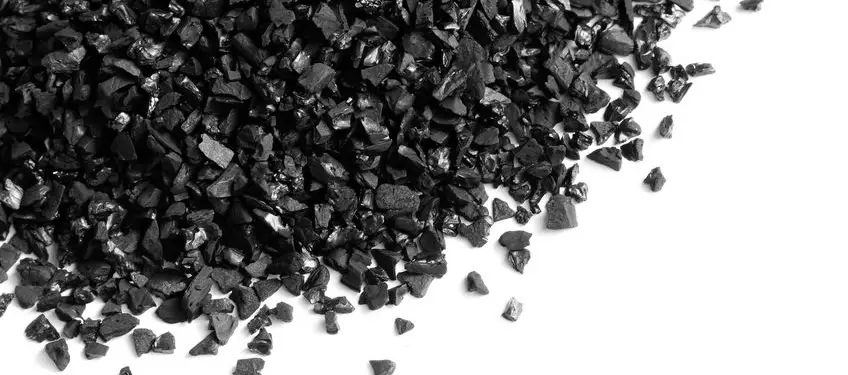
You do have to pair it with an inline fan to suck the air in and out of the system. Make sure that the filter and the fan have the same – or nearly the same – CFM rating. Also, remember to replace the carbon filter every after six harvests to keep it in peak condition.
Thermometer
Marijuana prefers a slightly warm environment of about 77°F (25°C). The specific ranges vary depending on the growth stage and whether it is lights on or off. In general, you should keep it within 64-86°F (18-30°C).
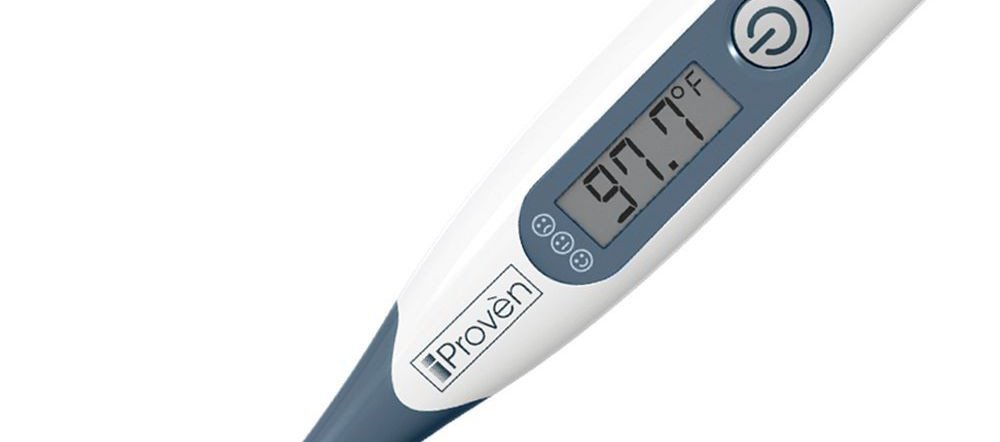
To keep an eye on the temperature, you need a thermometer. Digital models, which are accurate and easy to use, are recommended. They often come with a memory feature as well, allowing you to note the temperature changes over time. Opt for one with either a magnet surface or a wire, which you can simply attach or hang outside the grow room, respectively. It should also have a large screen display so you can view the readings even from afar.
Hygrometer
Aside from temperature, humidity is another thing you should monitor. Cannabis plants thrive in relative humidity (RH) level of around 40-60%. As usual, the recommended values depend on the current growth stage. In any case, stick to the optimal range to avoid issues like stunted growth, molds, pests, and diseases, among others.
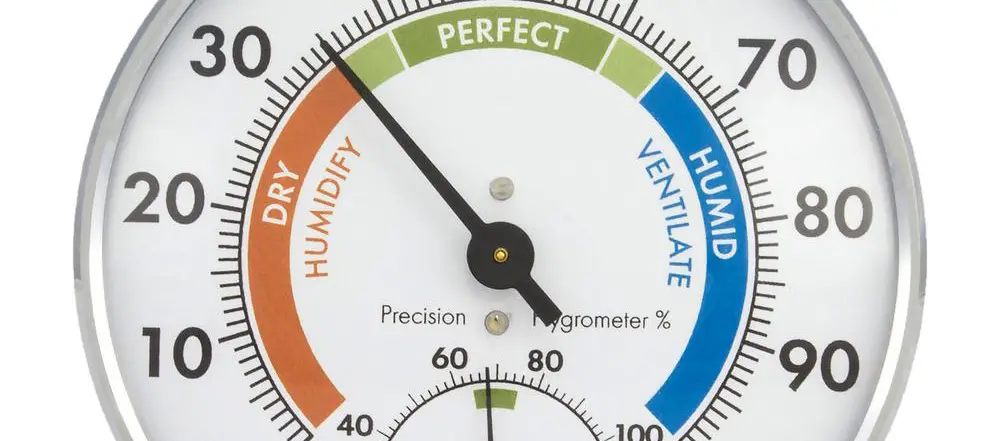
To measure the humidity in the air, you will need a hygrometer. For convenience, go for a device that keeps track of both temperature and humidity.
EC Meter
An EC meter measures the amounts of minerals in a water solution. Keeping the EC values within ideal levels encourages proper nutrient uptake. If it is too low or too high, the plants may show symptoms of nutrient toxicity, lockout, or deficiency.
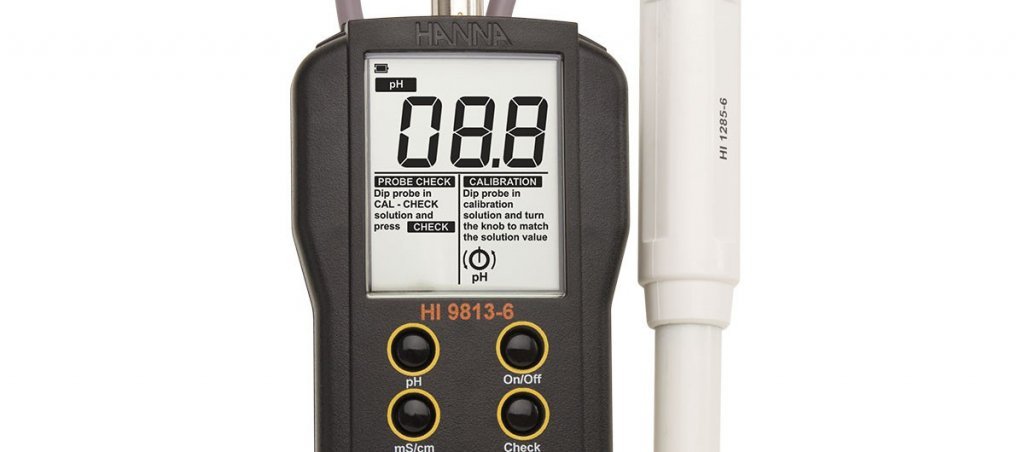
When preparing a feeding solution, test the EC after adding the nutrients to the water. Adjust accordingly. You also have to check the pH level and the temperature after.
pH Meter
A pH meter measures the acidity or alkalinity of a solution. Remember, marijuana plants prefer a slightly acidic pH of 5.5 to 6.8. Outside of this range can lead to nutrient-related problems, stunted growth, and diseases, among others. Since the pH fluctuates all the time, you will need a digital meter to monitor it. Testing the pH before watering or feeding, in particular, is vital.
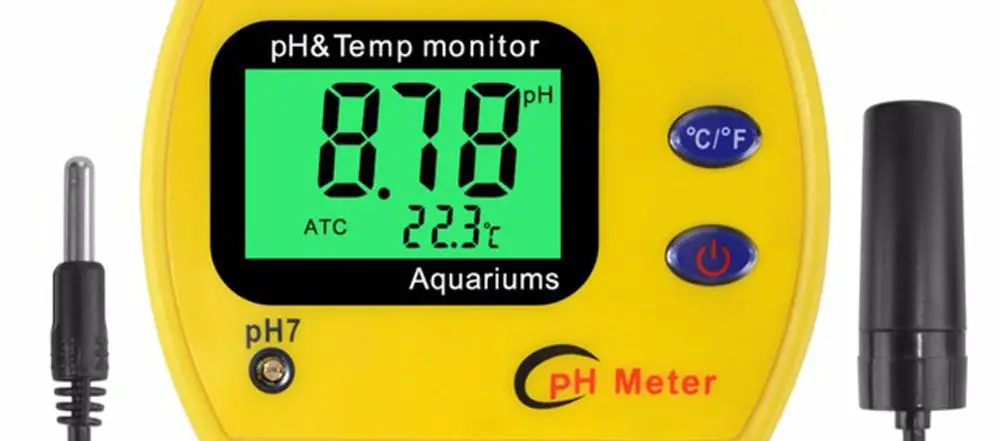
Depending on the brand and features, a good-quality pH meter may cost anywhere between $15 to $150. For home-growing, an accuracy of about ±0.1 is enough. You do have to clean, maintain, and calibrate the unit regularly to keep it up and running.
TDS Meter
A TDS meter is yet another indispensable testing tool for cannabis growers. It is especially useful for those who only have unfiltered tap water as the water source. Keep in mind that you cannot use tap water as is. You have to prep it beforehand. Aside from the pH, you have to adjust the ppm to ideal levels as well.
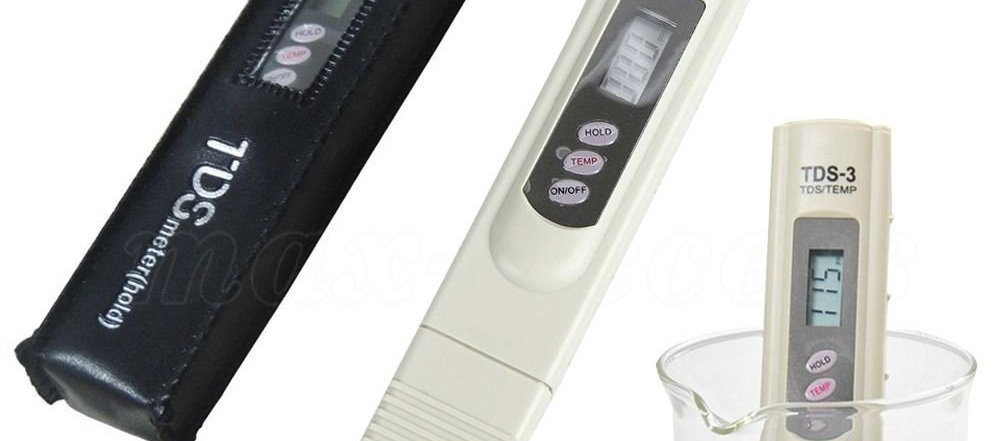
The parts per million (ppm) reading indicates the mineral content – particularly calcium and magnesium – of the water. It should sit between 100 to 150 ppm for healthy plant growth. The only way you can measure it is via a TDS meter.
Tip: Consider buying a multimeter, which also measures the EC, pH, and temperature of the water.
Pots Or Buckets
A pot is where you will put the growing medium and the cannabis plants. You should have small ones – about one- or two-gallon – for young clones and seedlings. A solo cup may suffice as well. Just make sure to pierce some drainage holes at the bottom.
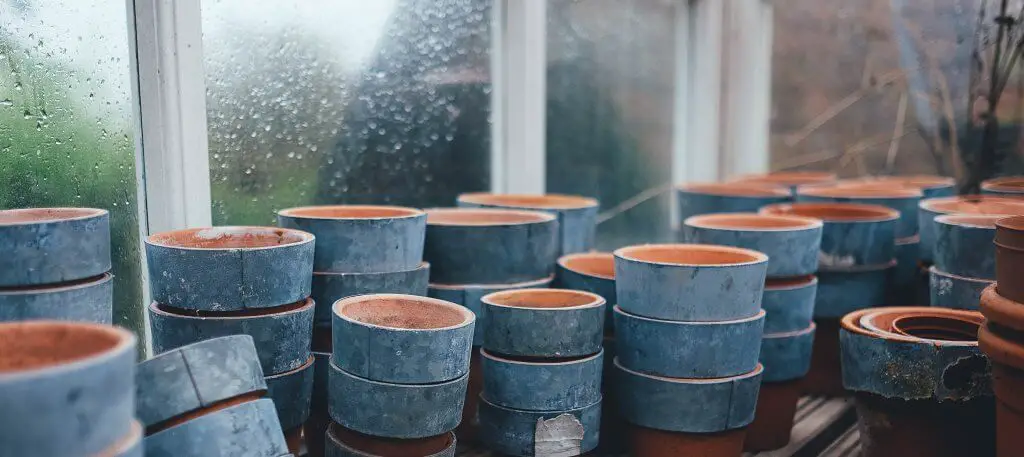
You need to move the budding plants to a larger pot once they outgrow their current container. Five-gallon ones will usually do. The size, though, will depend on the typical height of the strain. In general, cannabis plants will require two gallons of substrate for every 12 inches of growth.
There are also many types to choose from, such as clay pots, plastic pots, fabric pots, air pots, and smart pots. Learning more about each type will help you decide which one best suits your needs and preferences. But if you have a hydro setup, there is no need to worry about fancy containers. You will use buckets or trays instead, depending on what system you have in mind.
Water Tank
A water tank or reservoir makes it easier for you to prepare a nutrient solution. If you have an automatic watering system, the tank should be large enough to hold a week’s worth of solution. In most cases, you will need a five-gallon one, although it still depends on the size of the garden.
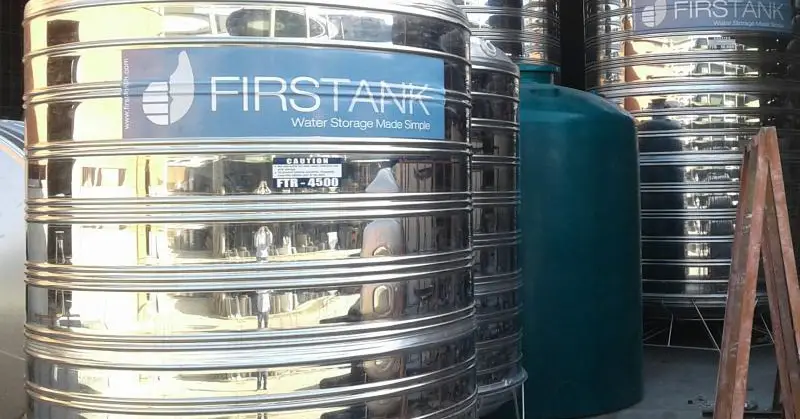
Remember to keep the reservoir within the ideal temperature ranges at all times. If you live in extremely hot or cold regions, you might have to use a water chiller or an aquarium heater to achieve and maintain the optimal temperature. Also, clean the tank every week to keep molds and pests out of sight.
Watering Can Or Pump
How you water your cannabis plants depends on the growing system you have in place.
For pot-based grows, the classic hand-watering approach will suffice. All you have to do is fill a watering can with balanced water. But if your garden is getting bigger, manually drenching the plants can be tiring and time-consuming. A drip system, in this case, will come in handy.
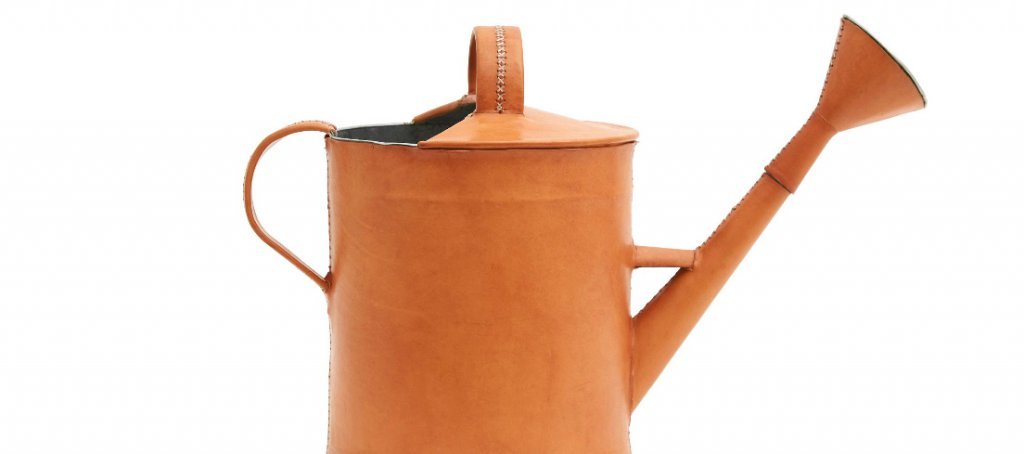
Drip irrigation is also essential for a hydro system. To set it up, you will need a pump, reservoir tank, tubes, drip line, and drip line emitters. The pump is connected to a timer switch and automatically delivers the nutrient solution according to its settings.

